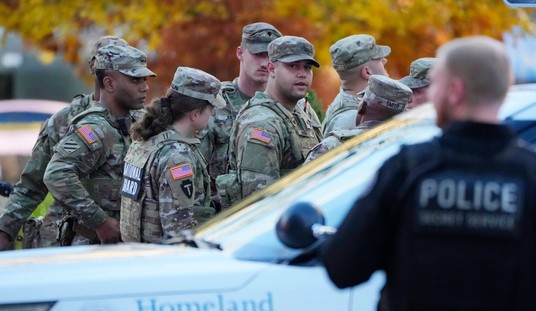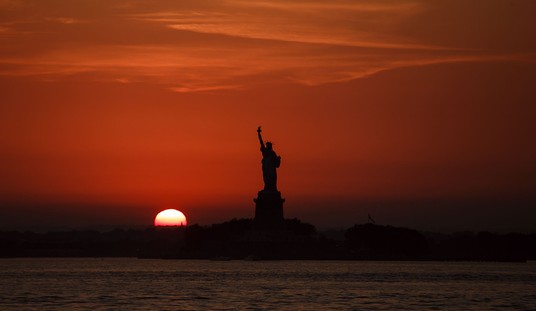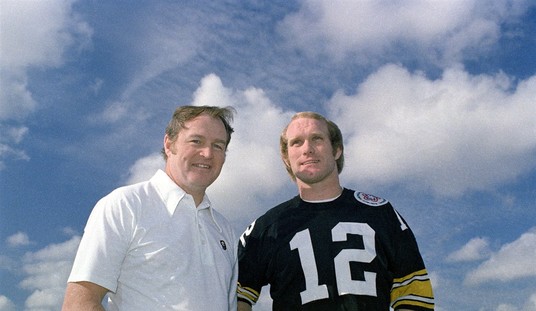Familiarity with secret documents breeds contempt — and carelessness. In some. Security is ultimately only as good as the people who run it. Because security features normally carry with them the cost of inconvenience, people in authority are sometimes tempted to cut corners, and are photographed doing it.
LONDON (AP) — Britain’s top counter-terrorist police officer resigned Thursday after he was photographed carrying clearly visible secret documents about an operation against an alleged al-Qaida plot by Pakistani nationals to launch an attack in Britain. … Quick, the Metropolitan Police anti-terror chief, was photographed Wednesday clutching confidential documents as he arrived for a meeting with Brown at 10 Downing St. The document on top showed details of an anti-terror operation code-named Operation Pathway.
When officials became aware that clearly readable photographs of the document — which listed names of senior officers and plans for a series of raids — were in circulation, they changed their timetable for action. News organizations were warned by a joint government-media body Wednesday that “publication or broadcast of any details of this photograph would seriously damage national security.” …
“What happened essentially meant we have brought the matter forward but it would have happened in the next 24 hours in any event,” he said.
Those who think that putting more and more people in charge of secrets makes things more secret have got to remember that those who hold the keys can open everything. In days before the attack on Pearl Harbor, sabotage was regarded as the primary threat to US military assets. So the airplanes were secured by parking them wingtip to wingtip in the middle of the field. That however, made it it easier for the attacker, who was able to dominate the nodes in ways that the defenders could not anticipate, to destroy them.
In the fall of 1941, tensions between the Japanese, the United States, and the European powers in the Pacific were reaching the breaking point. Code breakers in the United States were able to decode significant portions of Japanese diplomatic and naval communications, and were certain that an attack would be forthcoming. As such, war warnings were issued to all commanders in the Pacific, including Short and Admiral Kimmel on November 27, 1941. Short misinterpreted the message, which was vague in recommending a course of action to field commanders, as a warning to guard against sabotage of his forces by local Japanese sympathizers. The Japanese attacked Pearl Harbor on December 7, 1941, achieving complete surprise and inflicting perhaps the most decisive defeat ever suffered by U.S. forces.
Sometimes I wonder whether the administration’s plans to control the Internet to prevent cyberattack have adequately acounted for the possibility that their system could be used against them.










Join the conversation as a VIP Member